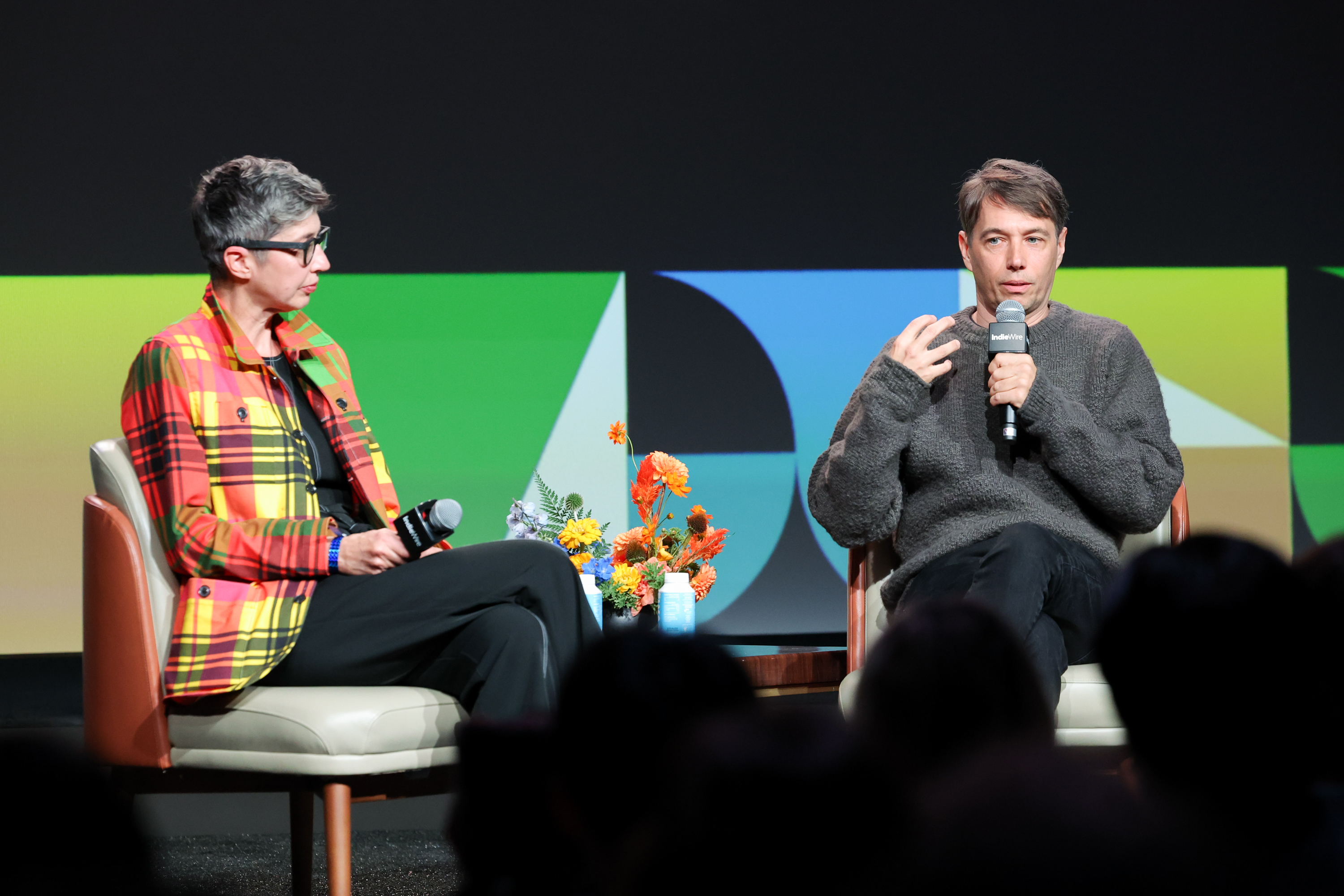By providing your information, you agree to our Terms of Use and our Privacy Policy. We use vendors that may also process your information to help provide our services. This site is protected by reCAPTCHA Enterprise and the Google Privacy Policy and Terms of Service apply.
Ted Sarandos Calls on Other Streamers to Be as ‘Transparent’ as He Says Netflix Is

Brian Welk

Tomorrow on Thursday, September 19, Netflix will release its biannual viewership report, titled “What We Watched: A Netflix Engagement Report.” It will be the third such report Netflix has released to date, and it will detail the number of hours viewed — and total views — for every piece of content available on the streamer within a span of six months, in this case, the first half of 2024.
The other streamers pretty much follow Netflix’s lead in all other ways, and the pack leader’s co-CEO Ted Sarandos is calling on the competition to be as “transparent” as he believes his service to be.
“I don’t think we could be any more transparent than that,” he said of the viewership reports at the Fast Company Innovation Festival in New York City (via Deadline). “I’m hoping that the other folks in the business will follow suit on that.”
It’s a bit rich coming from the guy who, for most of his tenure as Netflix’s chief content officer, felt about data transparency the same way he felt about commercials. For most of its existence, Netflix famously withheld data from even its partners, shaping the way the rest of the streaming industry behaved.
But to be fair, Netflix has changed with the times. Today, Netflix is by far the most transparent of the streaming services. Others tend to only highlight their biggest hits with vague proclamations about a given show being right up there with the most-watched series in the streamer’s history — few specific numbers are actually given. The TV ratings company Nielsen fills a bit of a gap there, but a series or film still has to be a pretty big hit to make its weekly Top 10 lists.
Those Nielsen sheets are predominantly populated with Netflix content. And though its nice to have third-party measurement, Netflix’s own weekly top 10 lists, which is has been publicly sharing since 2021, beat out Nielsen’s measurements by several weeks.
Of course, Netflix doesn’t release a middle 10 or bottom 10 list either. The idea behind the top 10 and “Most Popular” (all-time top 10) lists are to highlight the cream of the crop. The every-Tuesday lists do not shine a light on the streamer’s misses in the way weekly box office reports can. (Then again, Netflix is not exactly a box-office fan. Its original films are mostly streaming-only releases, and in a separate interview on Tuesday, Sarandos called said theatrical releases are an “inefficient” way to distribute certain movies.)
Netflix’s biannual “engagement” reports began just last year amid the writers strike. The writing was on the wall that one outcome of the strike would require Netflix and others to transparently share more viewership data with creators, so Sarandos & co. just got ahead of the mandate.
On the record, however, Netflix maintains that the twice-a-year data dump had nothing to do with the strike; Sarandos even said last October that withholding data was because of a “promise with creators” to protect them from overnight ratings and box office failures that could tank their career. How chivalrous, Sir Ted of Streamingham. The irony of course is that the new WGA-AMPTP contract’s “promise with creators” is the literal opposite, because that’s what the creators wanted.
“What We Watched: A Netflix Engagement Report” presents as a massive Excel spreadsheet full of raw data. Is is transparent, but that doesn’t mean it is reader-friendly. The report may be exactly what Netflix was sharing with creators, but it purposely lacks context in a manner that almost forces the media to focus on the top-performing shows and move on. The coming report will include 94 billion hours of streaming, and in case you haven’t heard, investigative journalism is not exactly a growing industry.
If other streamers don’t share their numbers, it’s because they don’t have anywhere near the 269 million global subscribers Netflix does. Readers might be shocked to learn just how few people are watching some of the supposed biggest hits on streaming.
Netflix is also soon retreating on its public reporting on the overall subscriber numbers it shares with Wall Street, as well as the ARPU — average revenue per user — it makes off each of them. Hope you like top-line revenue figures!
By providing your information, you agree to our Terms of Use and our Privacy Policy. We use vendors that may also process your information to help provide our services. This site is protected by reCAPTCHA Enterprise and the Google Privacy Policy and Terms of Service apply.

















